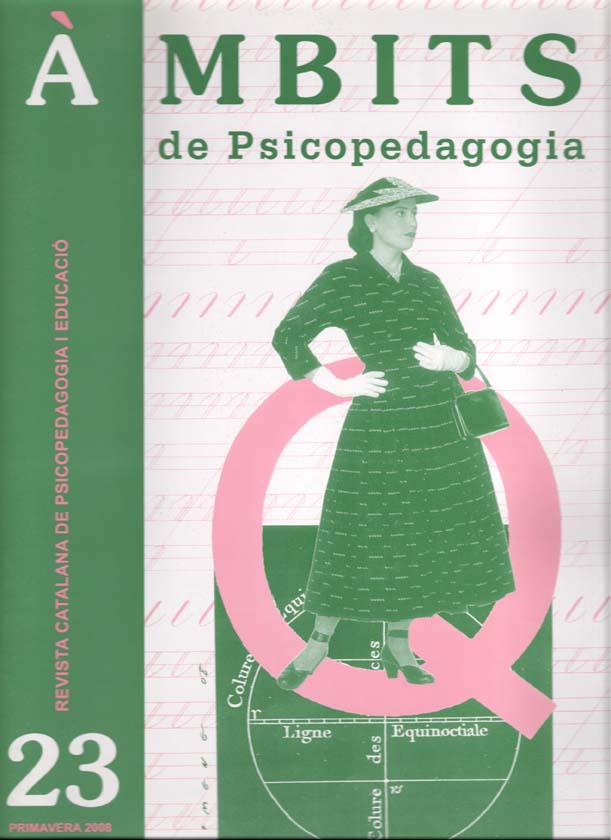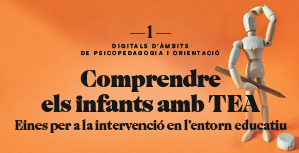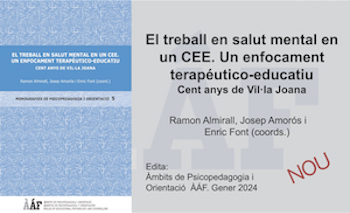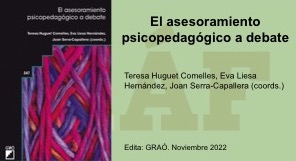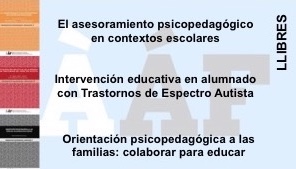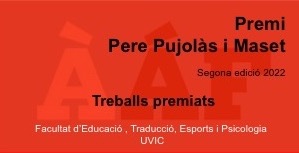Cooperative work in classrooms
Abstract
Cooperative learning is an instrument at the service of education, which may cater for from the youngest ages up to higher education at the university. The key factor is to use the strategies convenient for each age group. This article tries to emphasize the most significant characteristics of cooperative learning and to comment on basic aspects related to the grouping of students and classroom work. Detailed aspects would have to be a part of another article, due to its long extension. Thus, the aim of this article is to present some introductory elements.
References
JOHNSON, D. W., and JOHNSON, R. T. (1989). Cooperation and competition: Theory and research. Edina, MN: Interaction Book Company.
JOHNSON, D. W. (1991). Human relations and your career (3rd. ed.). Englewood Cliffs, NJ: Prentice-Hall.
JOHNSON, D. W., JOHNSON, R. T. and HOLUBEC, E. J. (1993). Cooperation in the classroom. (6th ed.). Edina, MN: Interaction Book Company.
JOHNSON, D. W., JOHNSON, R. T. (1999). Learning together and alone: cooperative, competitive, and individualistic learning. Boston: Allyn and Bacon.
JOHNSON, D. W., JOHNSON, R. T., and SMITH, K. (1991). Cooperative learning: Increasing college faculty instructional productivity (ASHE-ERIC Higher Education Report No. 4). Washington, DC: The George Washington University, School of Education and Human Development.
THOMPSON, J. D. (1967). Organizations in action. New York: McGraw-Hill.
Downloads
Published
Issue
Section
License
The authors maintain their copyright and give the right to the first publication of the work to the journal, registered under a Creative Commons Attribution-Non Commercial-NoDerivs license. This license allows others to download the works and to share them with others as long as they credit the author, but it does not allow for any kind of modification or commercial use.


